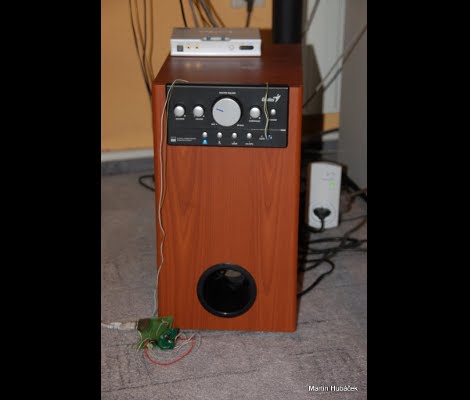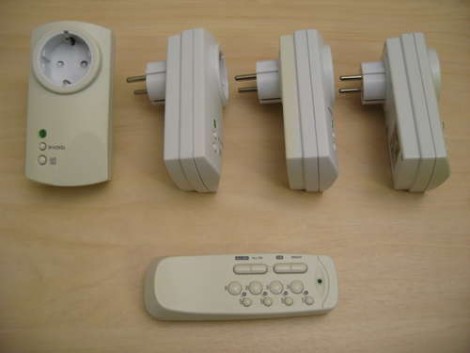
Tempted by what sous vide cooking has to offer, but balking at the price for a unitasker, [Lee’s] father in law set out to see if he could rig up his own precision temperature controlled cooking system on the cheap. He immediately hit eBay and shelled out about around $75 to get his hands on a solid state relay, PID controller, and temperature probe.
As you can see above, a crock pot serves as the cooking vessel. We’ve seen this method before, either splicing into the power cord, or providing a single outlet on the controller. This version provides a PID controlled outlet to which the appliance can be plugged in. The other outlet in the socket is always on and powers an aquarium pump that circulates the heated water during the cooking process.
The result works quite well, even though it wasn’t a huge cost savings. There are a few issues with positioning of the temperature probe, but that may be where experience comes into play.













